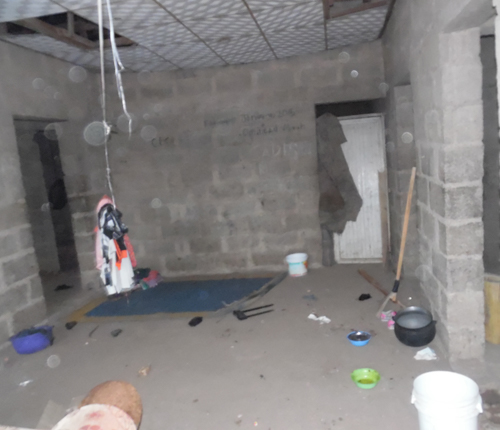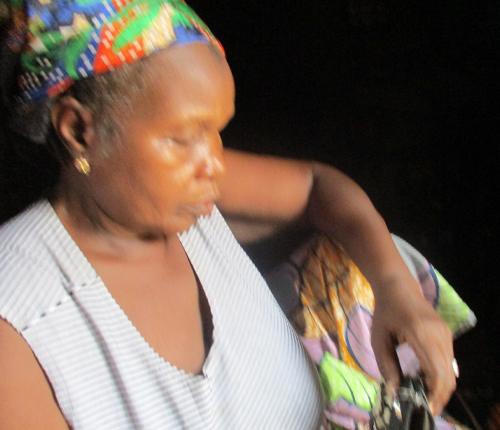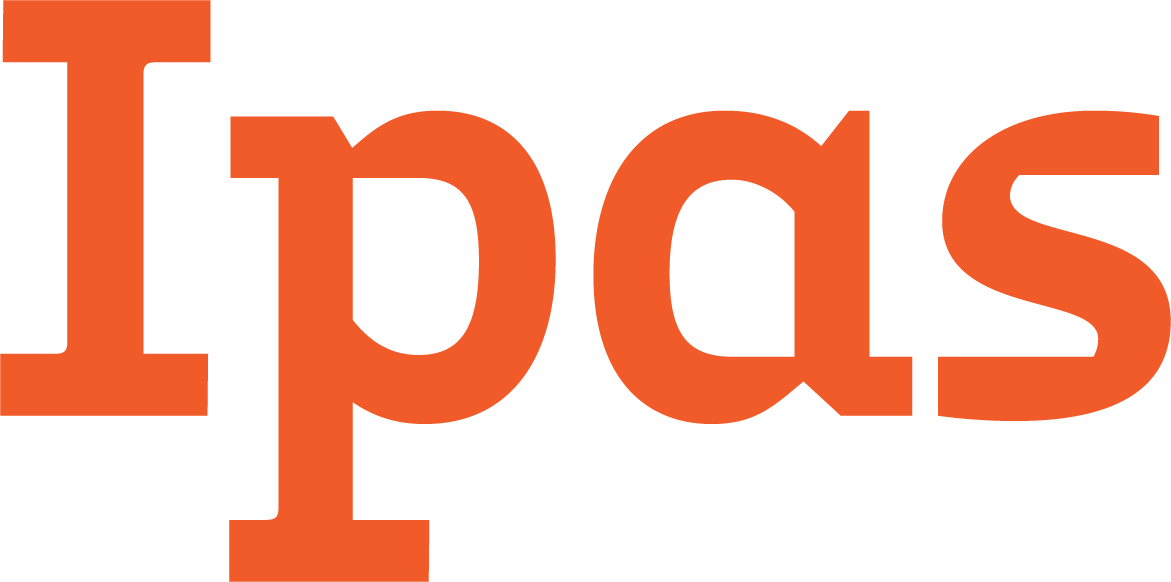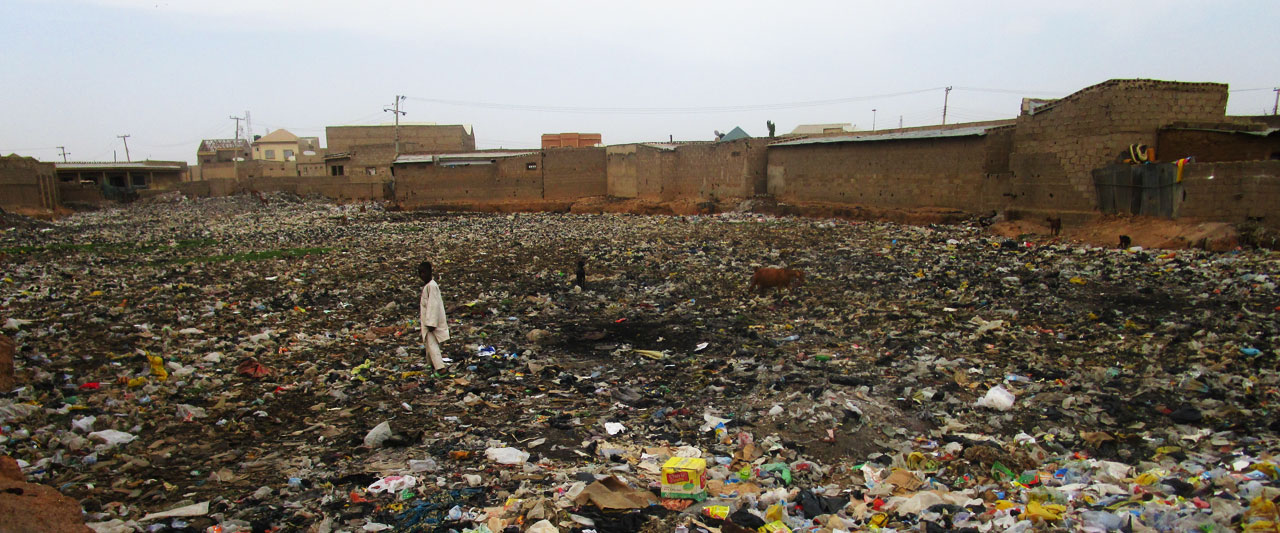Women who are refugees and/or internally displaced persons (IDPs) have acute sexual and reproductive health needs and deserve to lead the discussion about what those needs are and how to fulfill them. An innovative Ipas project in Nigeria earlier this year engaged young women—displaced by Boko Haram and living in refugee camps—on this issue. Photography and interactive discussions empowered many participants to overcome fear and IDP-related stigma and become champions for sexual and reproductive
health and rights.
By some official estimates, more than 3.3 million people have been displaced since 2012 due to escalation of the Boko Haram insurgency in Nigeria. Ipas worked with local partner Society for Women Development and Empowerment of Nigeria (SWODEN) to use a community-based participatory research method called “Photovoice” to better understand the needs of women displaced during this ongoing crisis—and the results were compelling enough to inspire an invitation to a UN World Population Day event in Abuja.
“The most vulnerable IDPs are women, children and youth because they suffer the devastating impact of sexual violence and lack of access to services such as health and education,” says Abdulsalam Badamasi, Ipas Nigeria programs advisor. “We chose to use the Photovoice method because it empowers communities to advocate for positive social change.”
Researchers developed Photovoice in 1996 as a tool to provide women in rural China a way to identify, document and share their own reproductive health needs. By taking photographs and discussing them with a group, community members share their own context, voice and perspective. Ipas has used the Photovoice method in Mexico, Bolivia and now Nigeria because it gives participants the power to choose the theme and decide how to tackle the issues identified.
For refugees, daily struggles affect reproductive health
Photos taken by participants in the Nigeria project show women as caregivers with little or no resources, as is the norm in IDP communities. According to the participants, some of the women they photographed had fled their homes and never saw their spouses again. The burden of childrearing—and the psychological trauma of being married but “single” and with pressing reproductive health needs—formed the centerpiece of this group’s discussion.
Participants’ photos also highlighted issues like access to clean water for cooking and drinking and the IDP family system, usually reconstructed, that shows the disruption from normal life before the insurgency. Many photographs and resulting discussions underscored that basic daily needs cannot be separated from sexual and reproductive health needs. For example, participants discussed at length a photograph of a one-room home with no doors, commenting on their concerns about the residents’ risk of rape.
Project participants organized the final photos and accompanying explanations from their project into two exhibits, one of which was showcased during a national World Population Day event attended by more than 500 people and organized by the Nigerian Population Commission and the United Nations Population Fund (UNFPA). Additionally, participants shared the results with important community stakeholders, members of the legislature, government representatives, and religious leaders who made positive comments and commitments toward ensuring that IDPs get basic reproductive health support from citizens and the government of Nigeria. Many participants are considering replicating the Photovoice method in their communities if they eventually get to return home.
Selected photos illustrate daily life for women refugees
This selection of photos and accompanying quotes from participants highlight some of the issues refugee women and young people face each day:

Zainab Suleiman: “This is an uncompleted building. It is home to nine young, seven children and two couples. The couples did not want their images taken because they hope to be back home soon. Then I can take pictures in their beautiful home. The ceiling will not protect the people from water when the rains come.”
Khadija Adam: “[The woman in this photo] lives in the smallest space in our household. She cries every night. She lost her children in Adamawa when she ran away. She used to weave mats in her village, but now she has forgotten how to do them. We don’t know if it is true. I like her. She is very playful if she wishes.”


Amina Muhammed: “This place used to be a water runway, but now it is filled with refuse. Sometimes at night we can’t sleep because of the stench, so we hang out and play well into the night. The boy in the picture is a scavenger. Sometimes he eats food from there and his stomach doesn’t hurt. This place depresses me. It makes me want to go back home.”
For more information, contact [email protected]


